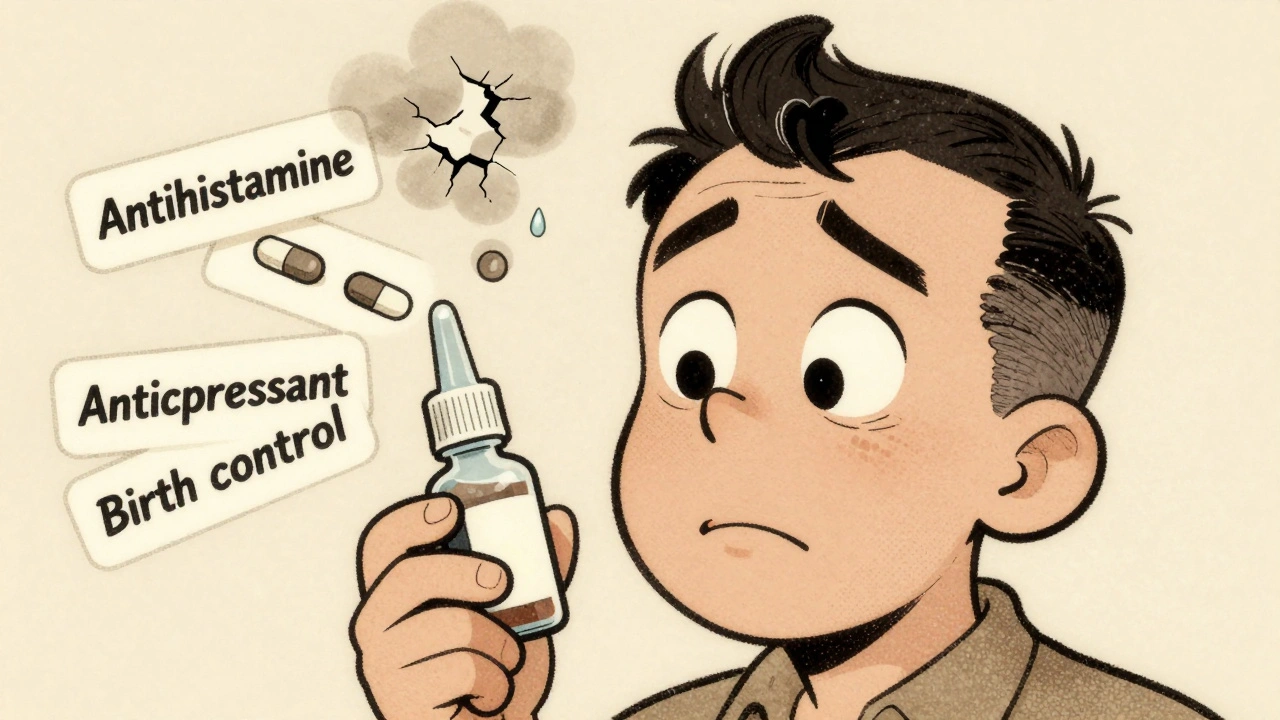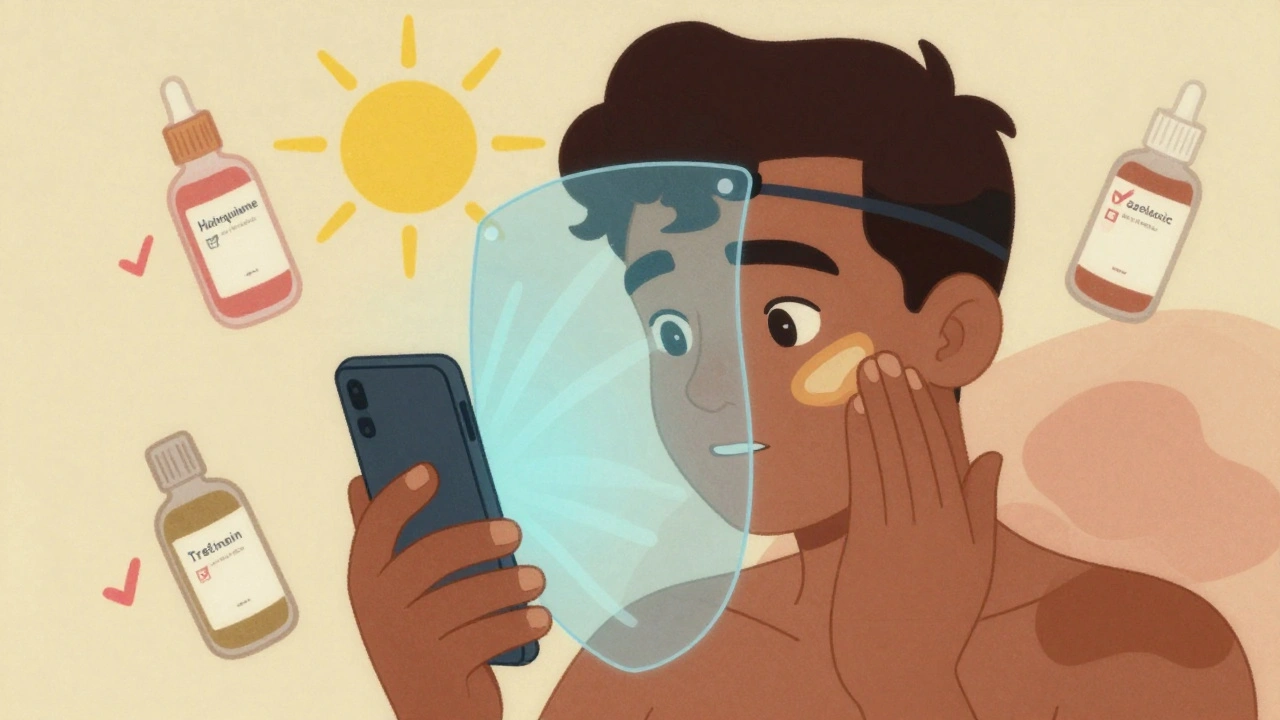Rickets: What It Is and How to Fight It
Rickets is a bone disorder most often seen in children. It happens when the body doesn’t have enough vitamin D, calcium, or phosphate to harden growing bones. Without enough of these nutrients, bones become soft, weak, and can bend or crack easily. You might notice a bowed‑leg appearance, a protruding chest, or delayed growth. The good news is that rickets is usually easy to fix with the right diet, sunshine, and sometimes supplements.
Why Kids Get Rickets
The main culprit is vitamin D deficiency. Vitamin D helps the body absorb calcium from food, and kids who don’t get enough sunlight or dietary sources are at risk. Babies who are exclusively breast‑fed without vitamin D drops, children with dark skin living in northern latitudes, and those who avoid dairy or fortified foods often fall into this group. Certain medical conditions, like kidney disease or celiac disease, can also block nutrient absorption, making rickets more likely.
Symptoms aren’t always obvious at first. Parents might notice a child’s legs looking “knobby,” frequent fractures, or muscle weakness that makes climbing stairs harder. Dental problems, such as delayed tooth eruption or enamel defects, can show up too. If you see any of these signs, a quick visit to the pediatrician can confirm rickets with a simple blood test and X‑ray.
How to Prevent and Treat Rickets
Getting enough vitamin D is the cornerstone of prevention. Aim for about 10‑15 minutes of sunny play a few times a week—exposing arms and legs helps the skin make vitamin D. In darker months or for kids with limited sun exposure, a daily vitamin D supplement (usually 400 IU for infants, up to 600‑1000 IU for older children) is recommended. Check the label and follow a doctor’s advice.
Calcium and phosphate are just as important. Include dairy products like milk, cheese, and yogurt, or fortified plant milks for vegans. Leafy greens, almonds, and fish with soft bones (like sardines) add extra calcium. For kids who can’t tolerate dairy, calcium‑fortified cereals or supplements fill the gap.
If a child already has rickets, treatment usually involves a short course of high‑dose vitamin D and calcium supplements, followed by maintenance doses. Most children see improvement within weeks, and bone growth normalizes over several months. Regular follow‑up appointments track progress and adjust doses if needed.
Beyond supplements, encouraging active play supports strong bones. Weight‑bearing activities—running, jumping, dancing—stimulate bone mineralization. Pair that with a balanced diet, and you’ve got a solid plan to keep rickets at bay.
Rickets can sound scary, but with a bit of sunshine, the right foods, and occasional supplements, it’s a condition that’s easy to reverse. Keep an eye on your child’s growth, make nutrition a family priority, and don’t hesitate to ask a healthcare professional for guidance. Your child’s bones will thank you.
Rickets & the Skeletal System: How This Childhood Disease Impacts Bones
Explore how rickets disrupts the skeletal system, its causes, symptoms, and treatment options. Learn to spot early signs and protect your child's bone health.






